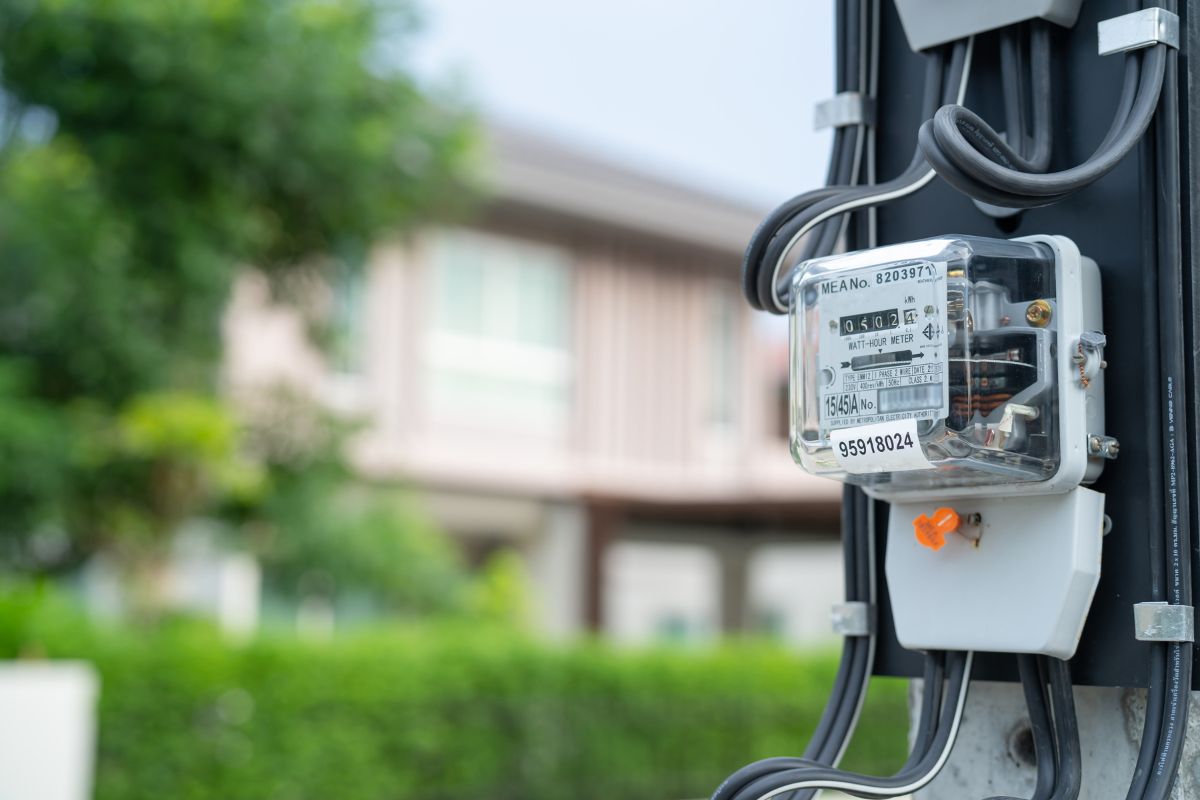For the owner of a multi-tenant office building, new technology always arrives as a financial question. An investment in occupancy sensors is no different.
 Rayzeek
Rayzeek
A motion sensor is an exercise in trust. We install these small, unblinking eyes in the corners of our rooms and grant them the authority to distinguish the mundane from the menacing.
In the complex machinery of an energy-efficient building, lighting controls represent a point of beautifully direct impact. An occupancy sensor is a simple promise: lights turn off when a room is empty.
In the quiet spaces where security matters most, the choice of a motion sensor becomes a decision of profound consequence. It is a choice that lives between two kinds of failure.
The promise of the automated office is one of effortless intelligence. Lights activate in the spaces we use and fade in those we don’t, creating an environment that is both efficient and elegantly responsive.





